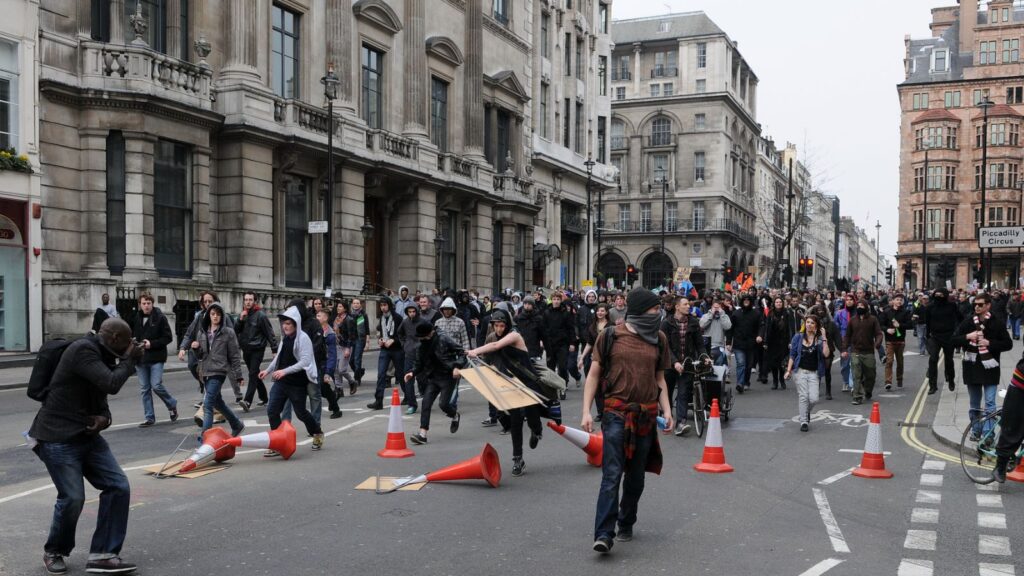Public transportation in the UK often sparks debate because while it’s a vital service that millions rely on daily, it’s not without its problems. From delayed trains to crowded buses, the British public transport system has its fair share of issues. Let’s delve into 19 of the most common problems commuters face.
Delays and Cancellations
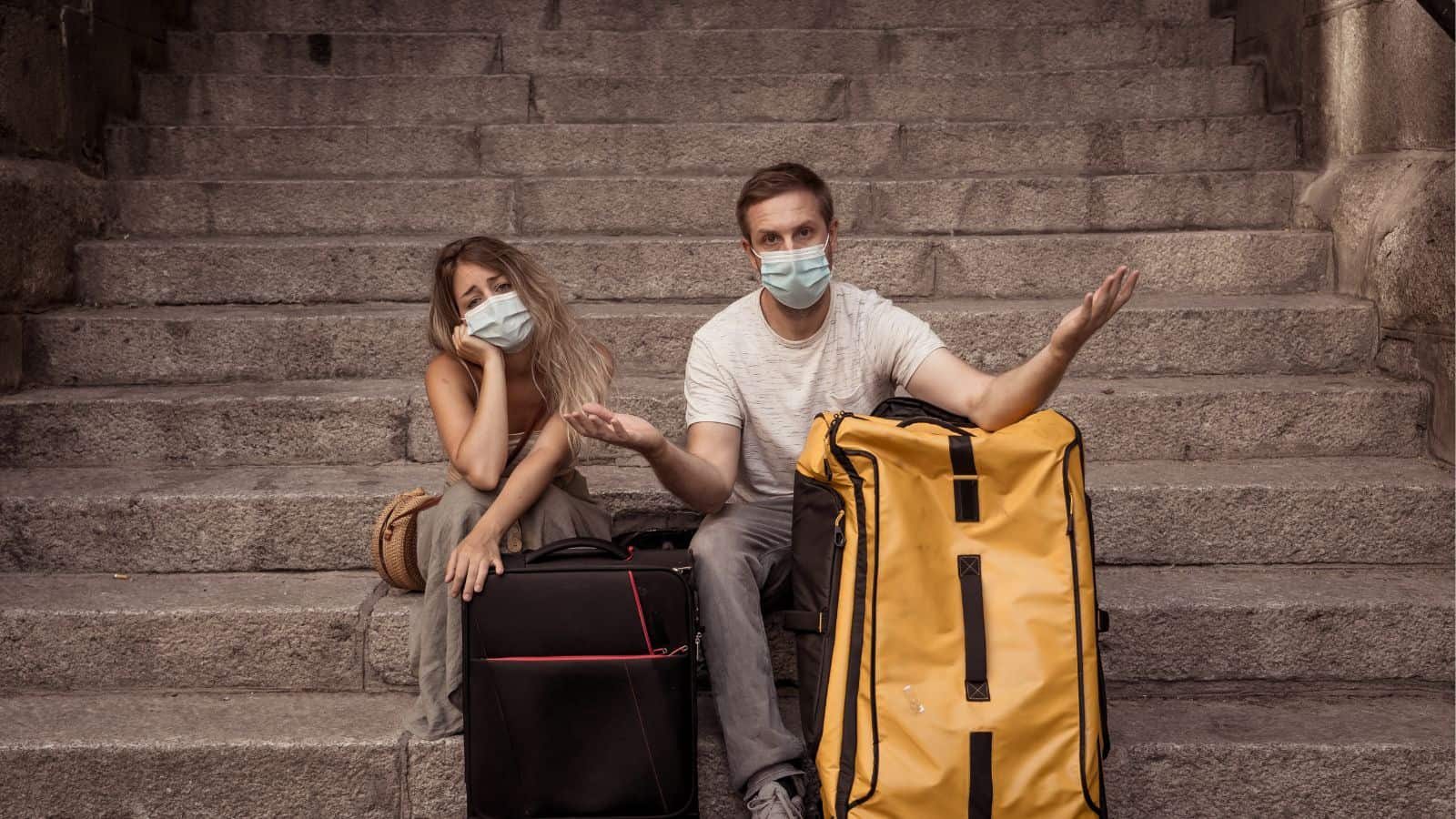
“Delays and cancellations are linked to 20 years of privatisation, rising costs and labour shortages,” says The Guardian. There’s always some issue, whether it’s due to technical faults, staff shortages, or adverse weather conditions. These disruptions can throw a commuter’s entire day off track, and it’s not uncommon for passengers to be left stranded.
Overcrowded Services
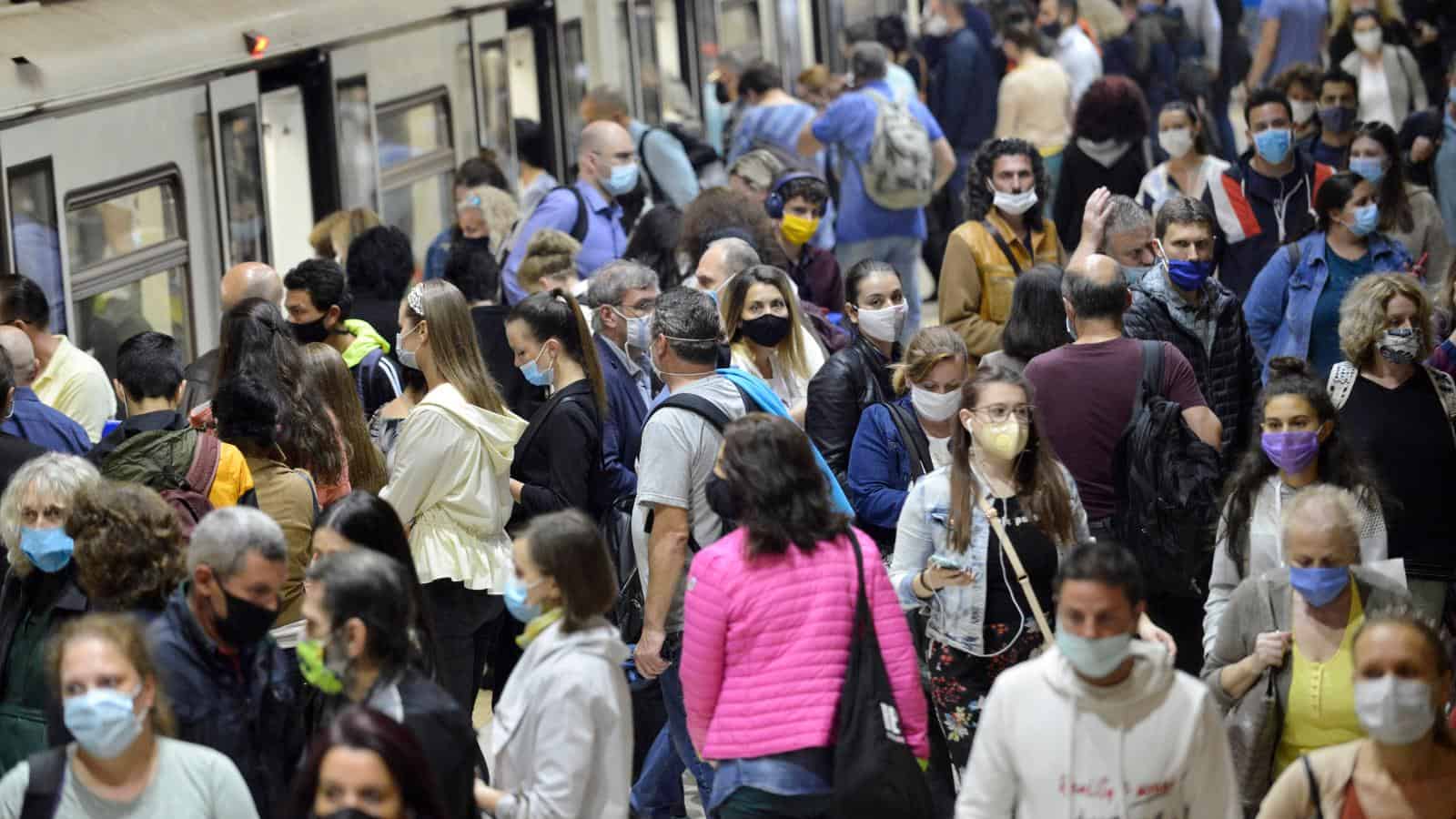
Overcrowding is a major issue, especially during peak hours. Trains, buses, and the London Underground often resemble sardine cans, with passengers crammed in tight spaces struggling to find a seat or even a place to stand comfortably. This overcrowding not only makes the journey uncomfortable but can also be a safety hazard.
High Fares

The cost of public transportation in the UK is notoriously high. Many commuters feel that they are not getting value for their money, especially considering the frequent delays and overcrowding. High fares can be a significant burden, particularly for those on lower incomes, making commuting a financial strain.
Unreliable Timetables
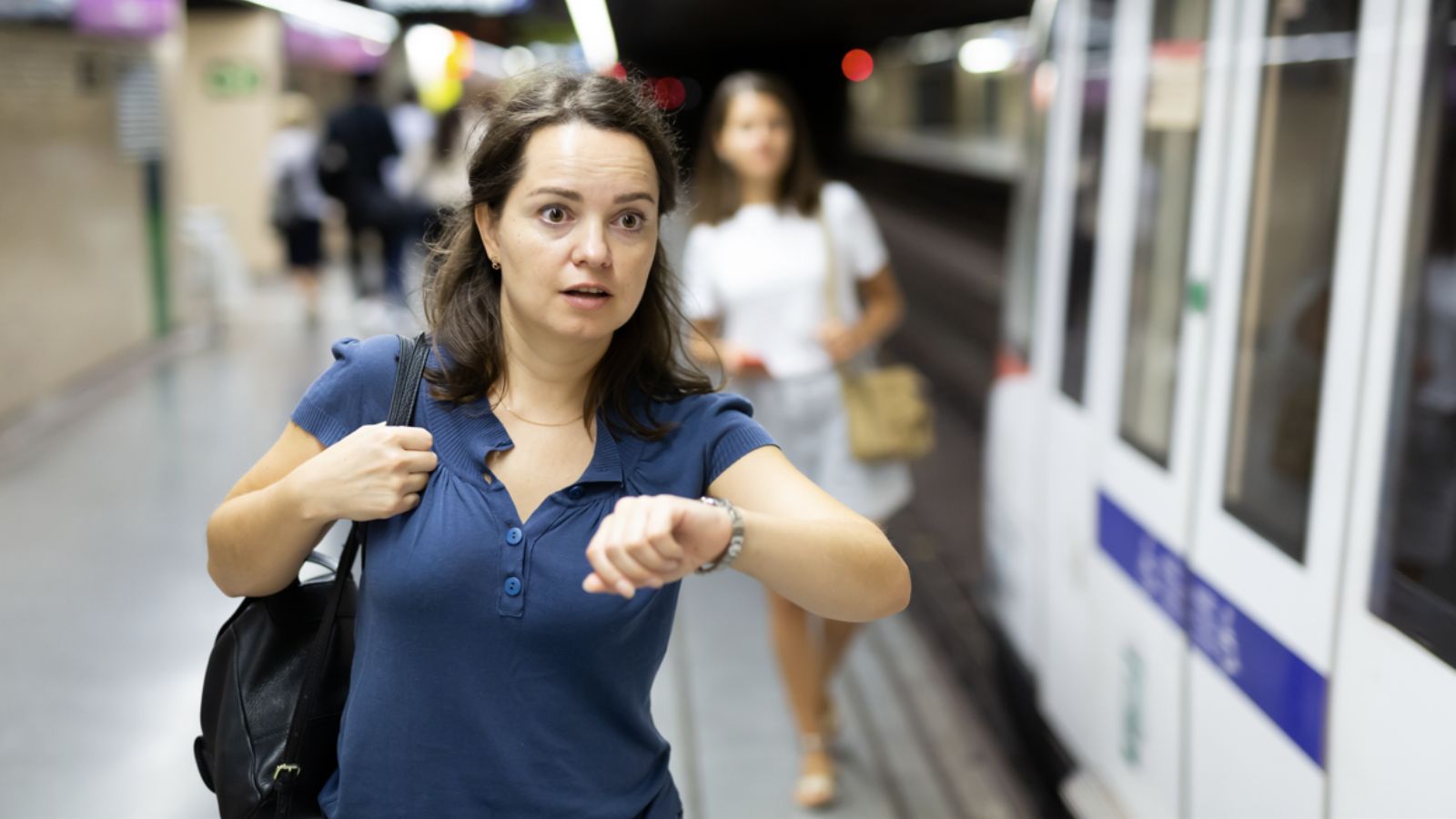
A common gripe among commuters is timetables that don’t align with actual service times. This means buses and trains often run late or, in some cases, arrive earlier than scheduled, leaving passengers either rushing or waiting in frustration. The lack of reliability makes planning journeys challenging.
Poor Connectivity
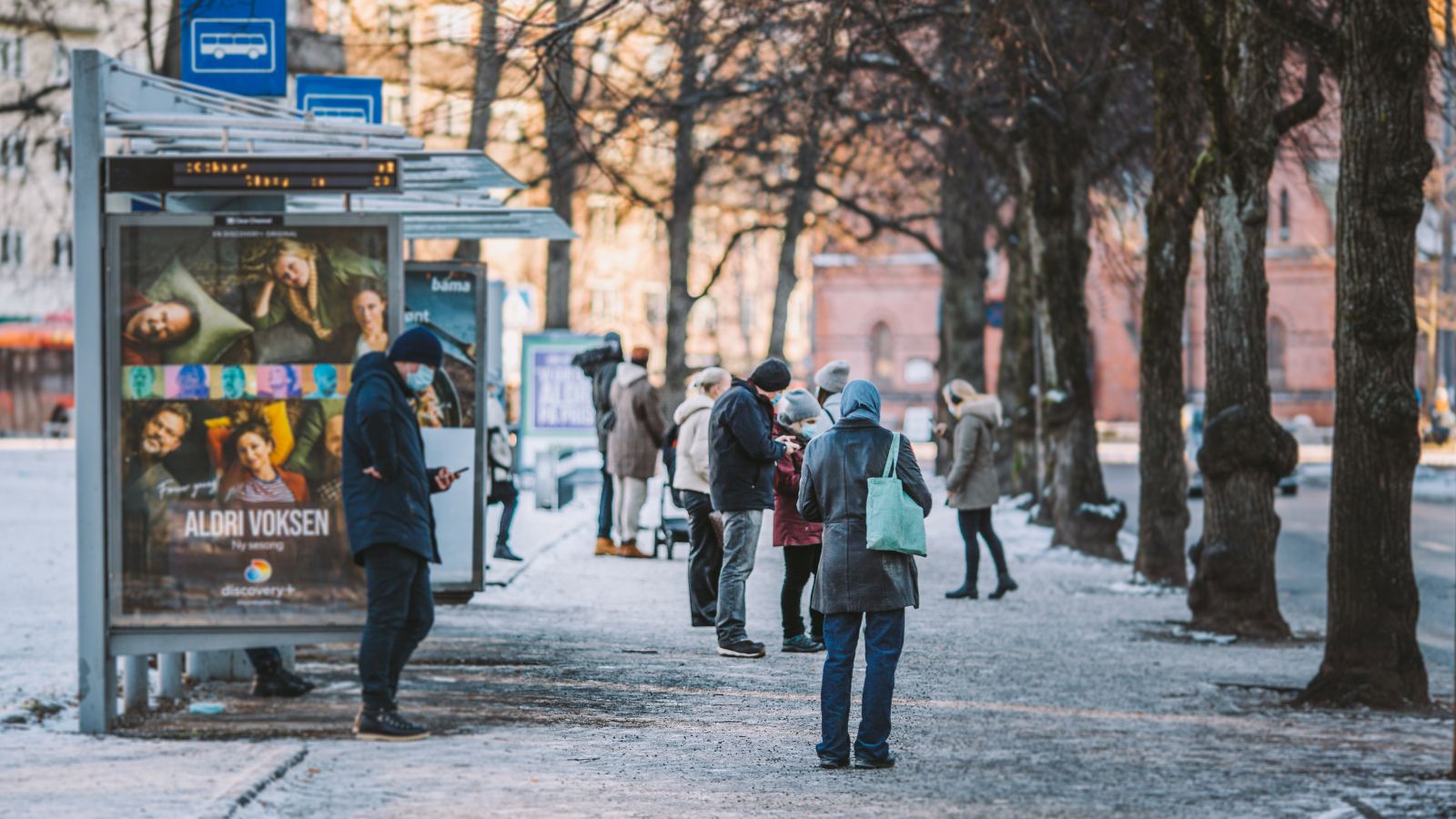
While public transportation in larger cities like London is extensive, rural areas often suffer from poor connectivity. Many small towns and villages have limited or no access to reliable public transport, leaving residents isolated and dependent on cars. This lack of connectivity can affect people’s ability to work, access healthcare, and engage in social activities.
Inadequate Maintenance
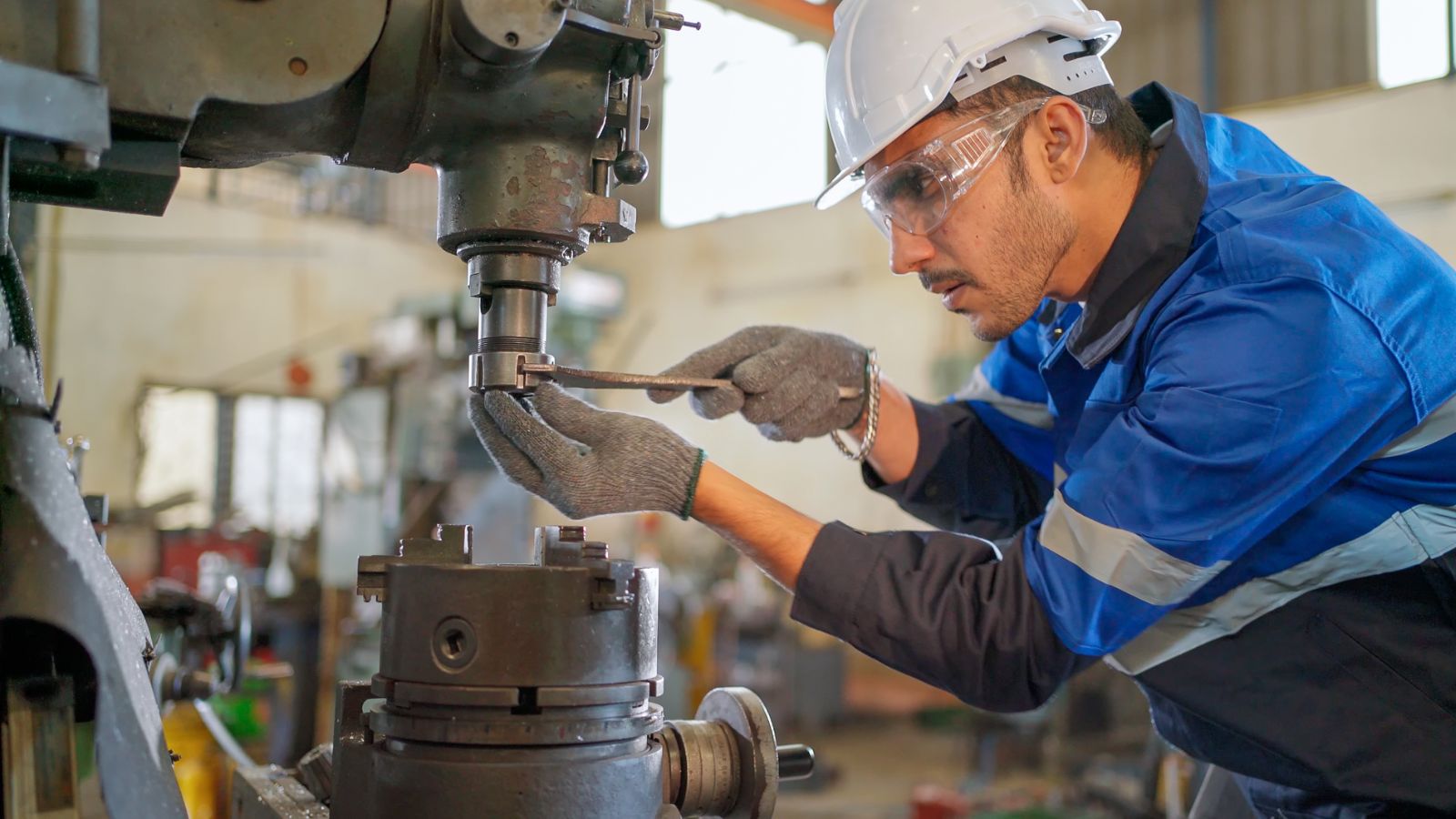
The maintenance of public transport infrastructure is another significant issue, thanks to broken escalators, malfunctioning ticket machines, and rundown stations, which are all too common. Poor maintenance not only affects the efficiency of services but also contributes to an unpleasant and sometimes unsafe environment for passengers.
Limited Accessibility
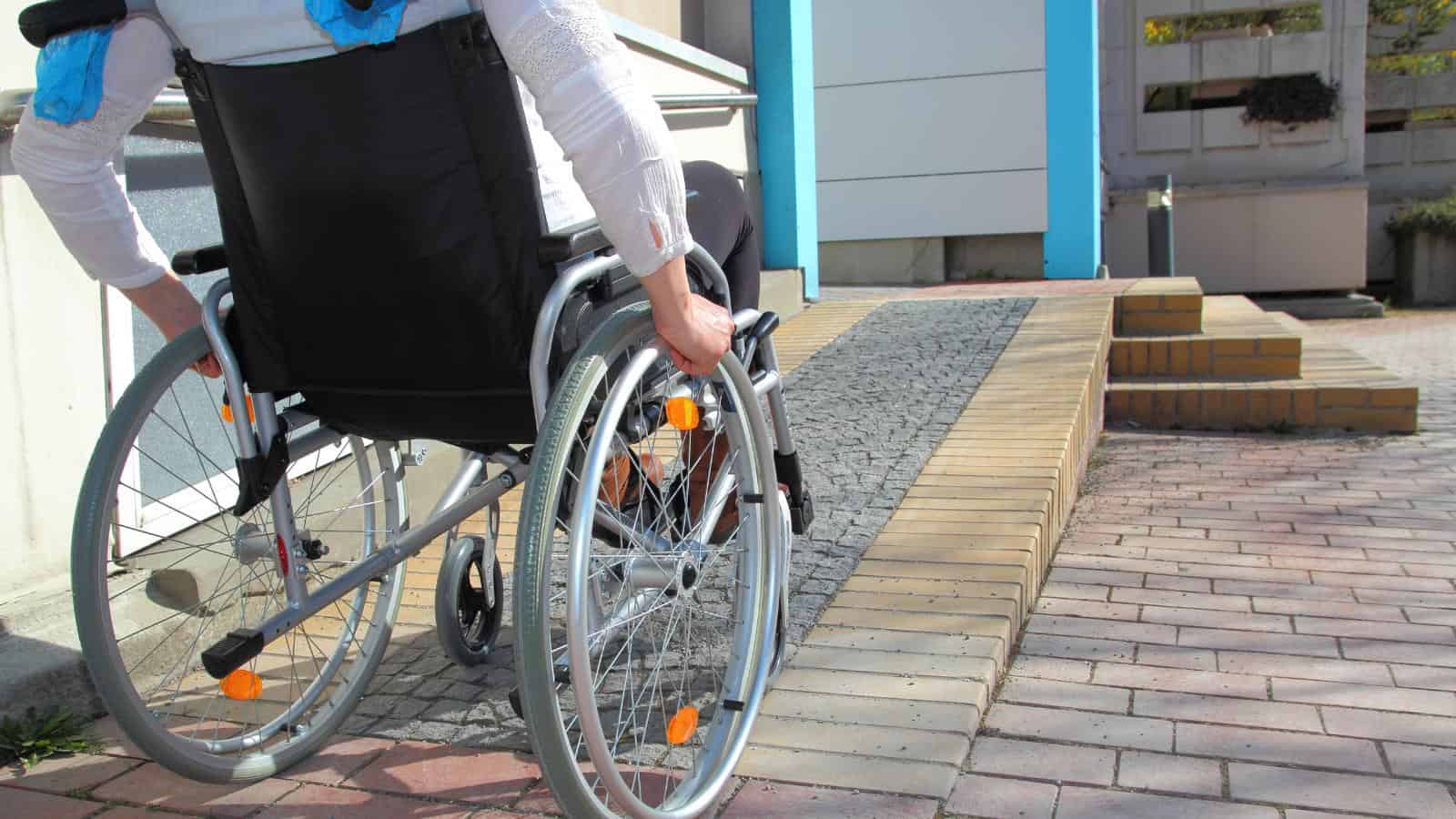
Using public transportation can be particularly challenging for people with disabilities. Not all stations have step-free access, and many vehicles lack adequate space for wheelchairs or other mobility aids. This limited accessibility can make travel difficult and sometimes impossible for those with physical impairments.
Environmental Concerns
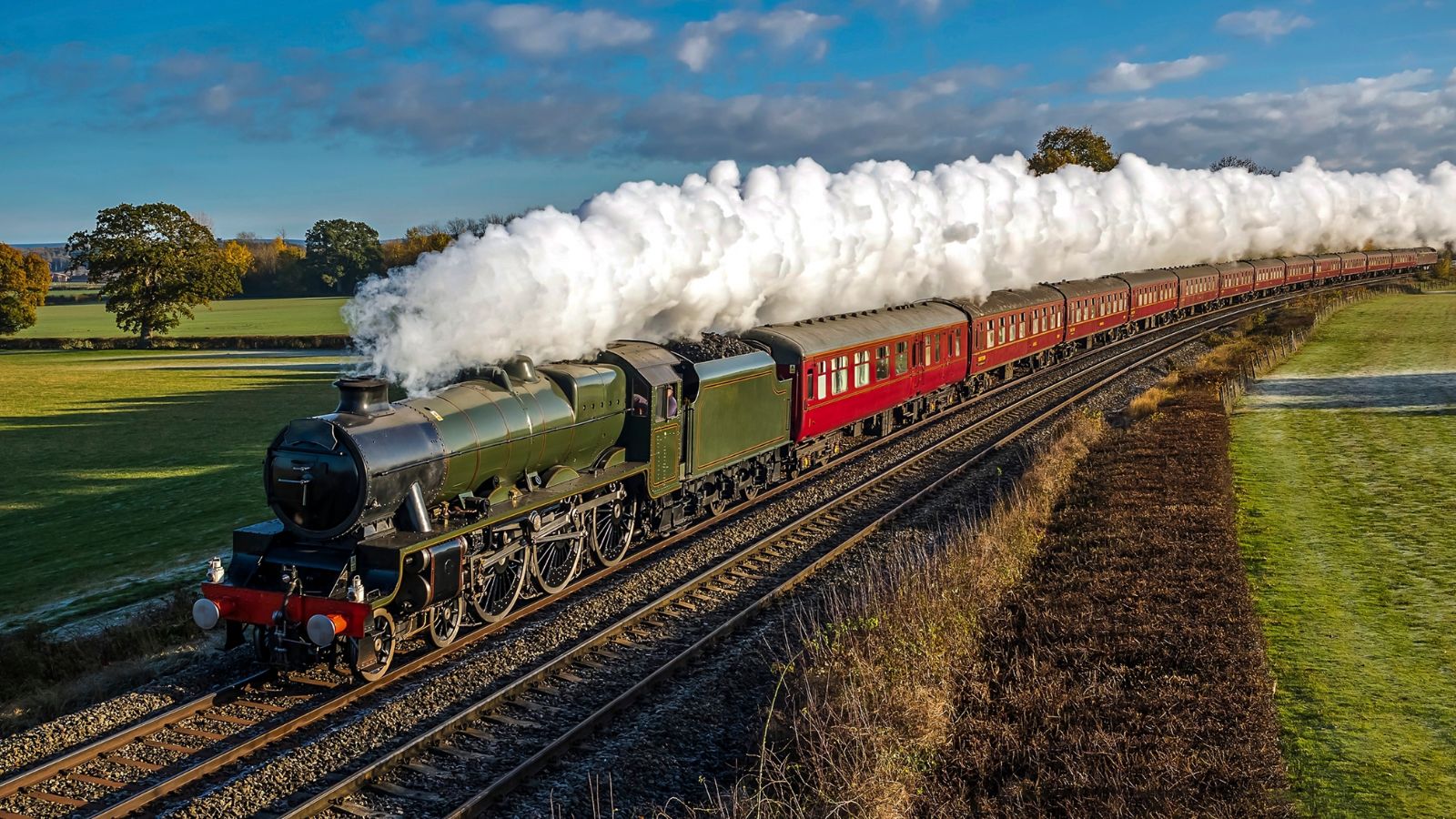
While public transport is often touted as a greener alternative to driving, it’s not without its environmental issues. Older buses and trains can be significant polluters, contributing to air quality problems in cities. Additionally, the infrastructure required for transport systems can lead to environmental degradation.
Security Issues

Security is a concern for many public transport users. Instances of theft, vandalism, and anti-social behaviour can make commuting a stressful experience. Although measures are in place to improve security, such as CCTV and increased staff presence, these issues remain a problem for many passengers.
Insufficient Seating
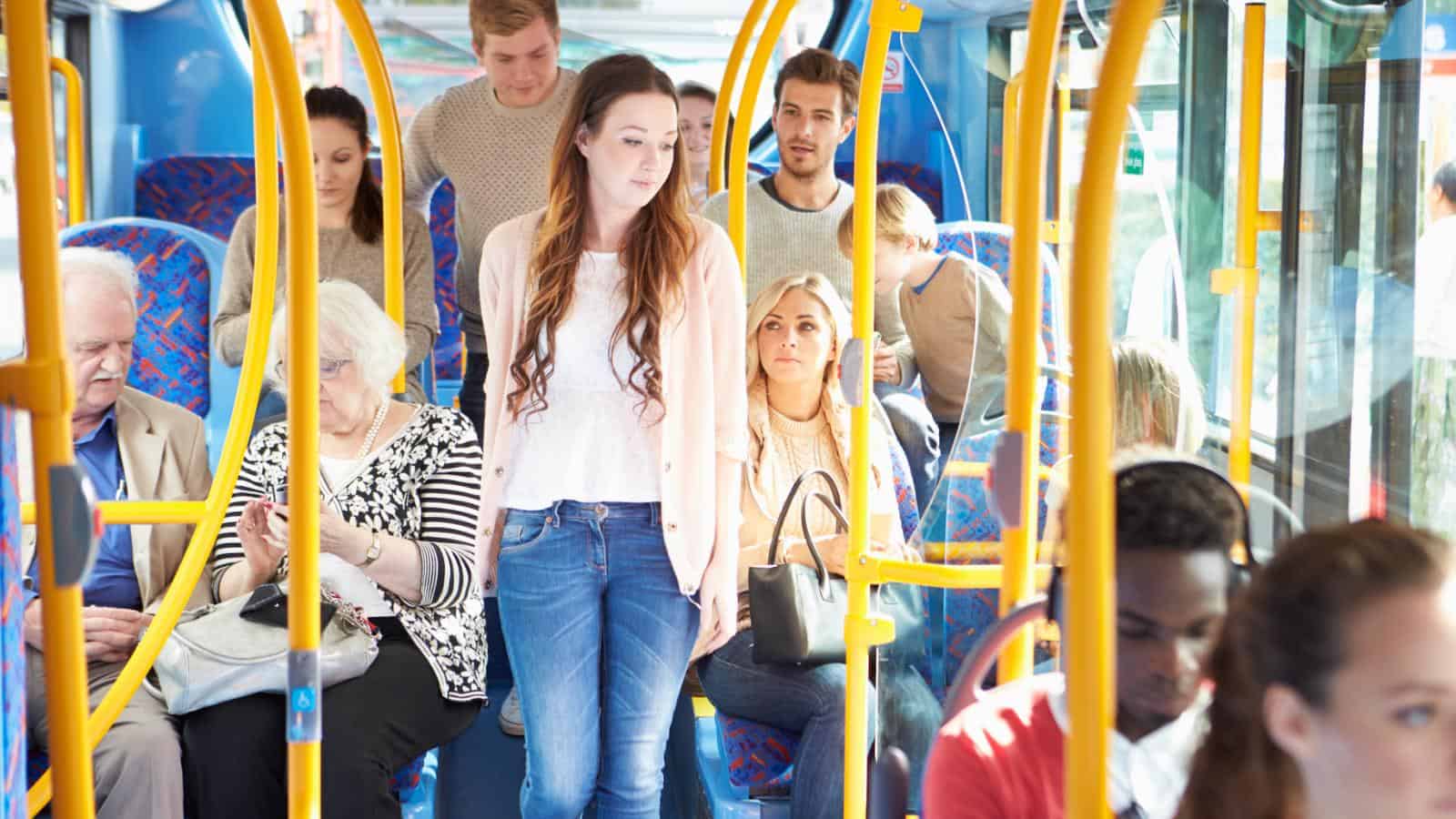
On many services, particularly during busy times, there simply aren’t enough seats for everyone, meaning passengers are often forced to stand for long periods. This can be uncomfortable and exhausting—especially for those with health issues or after a long day at work.
Limited Operating Hours
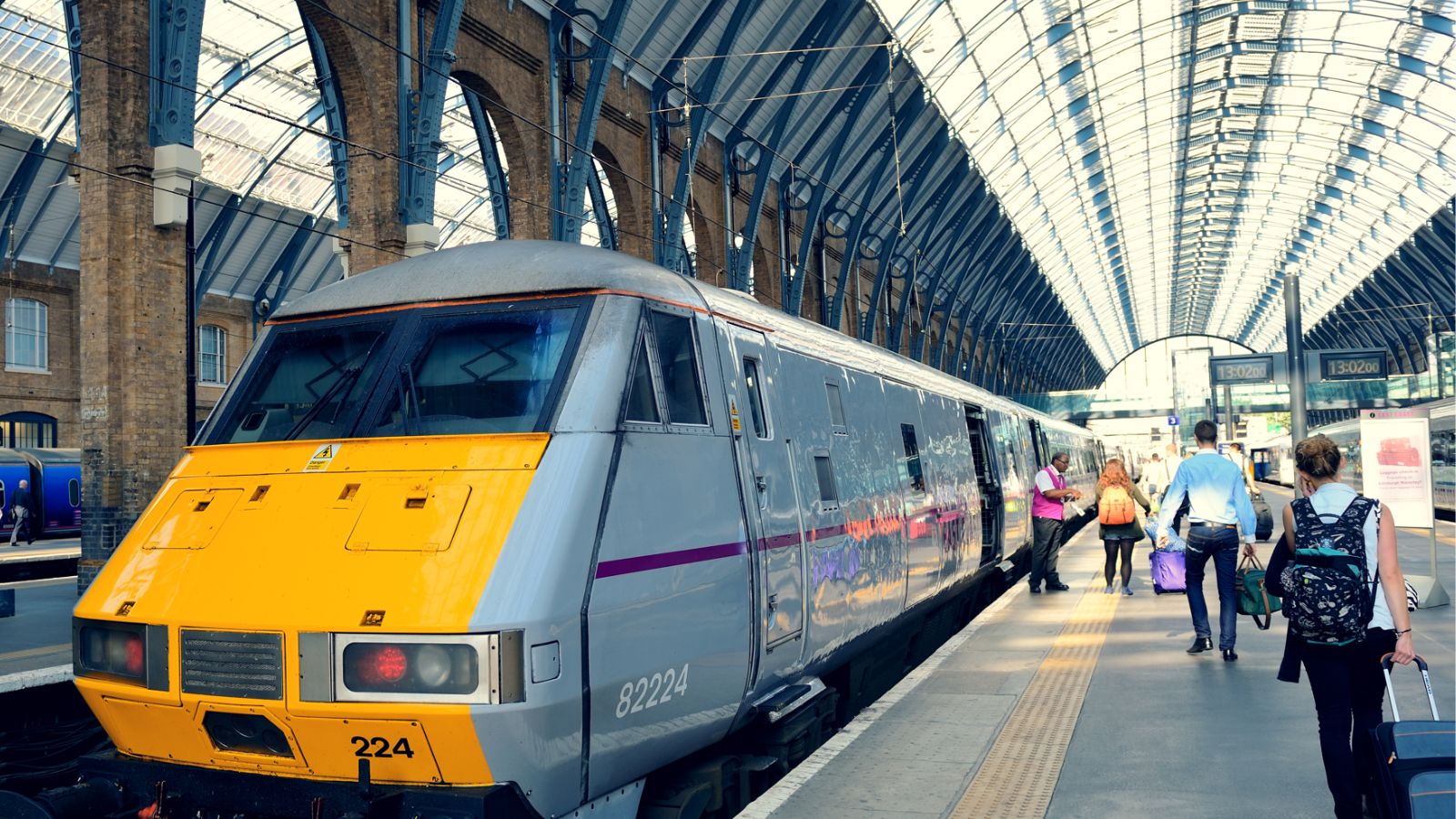
Public transportation services’ operating hours can be restrictive, particularly outside major cities. Therefore, late-night or early-morning travellers often find themselves without any public transport options. This can be inconvenient and limit people’s ability to travel freely at all hours.
Complex Fare Systems
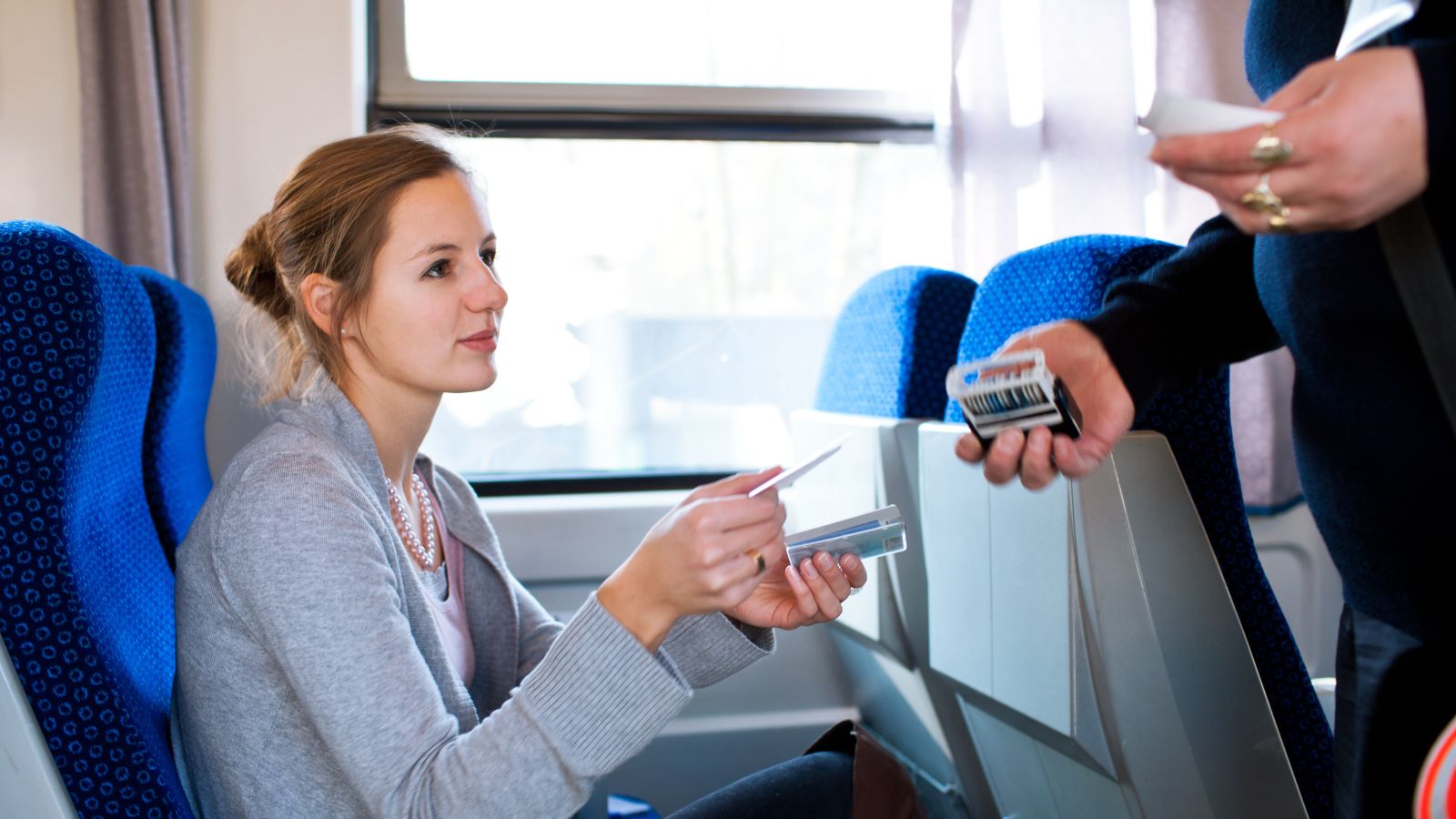
The fare systems for public transportation are confusing and inconsistent. They rely on different zones, peak and off-peak times, and various ticket types, making it difficult for passengers to know if they’re getting the best deal. This complexity can lead to people paying more than necessary or avoiding public transport altogether.
Poor Customer Service
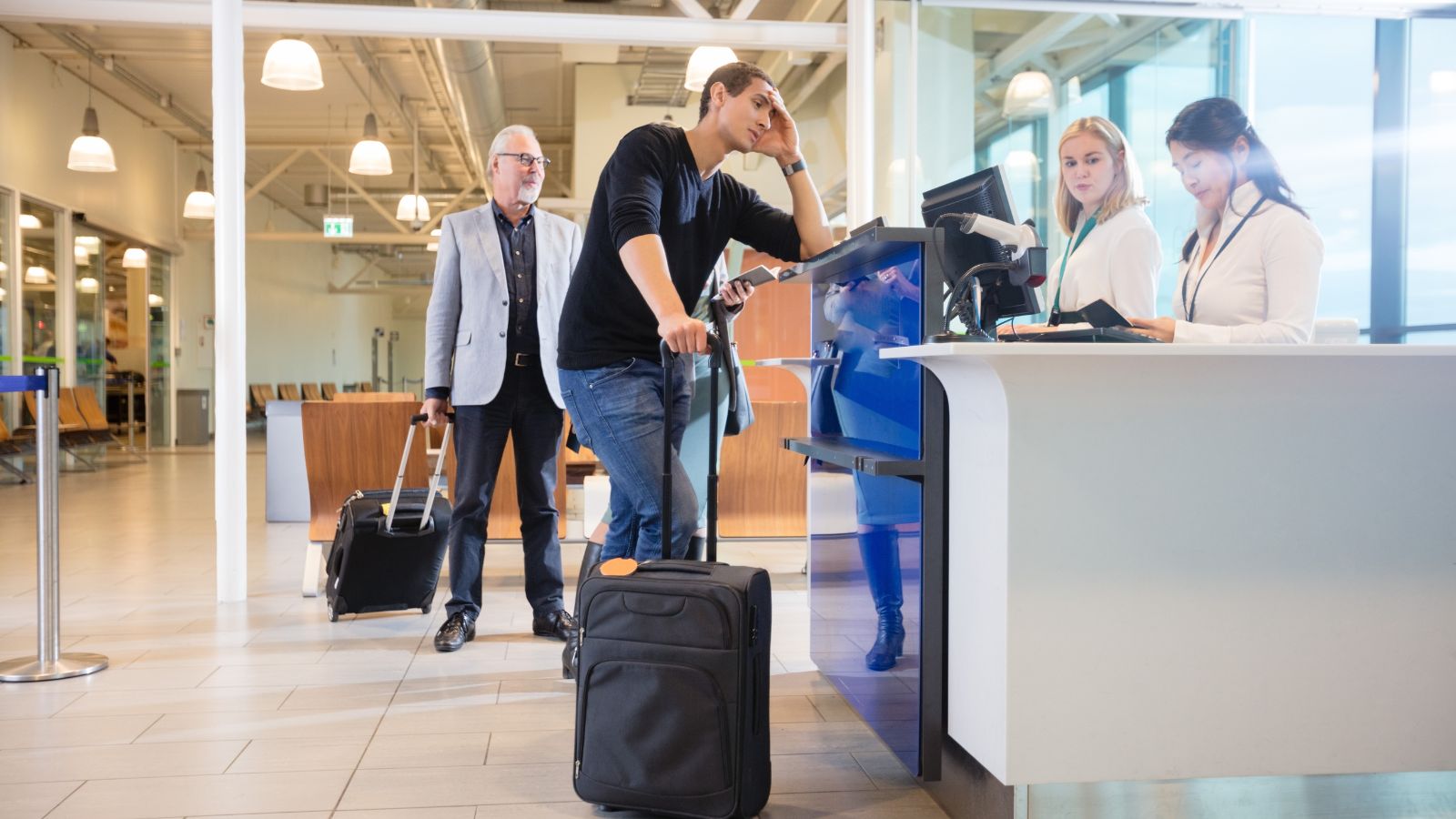
Customer service in the public transport sector often leaves much to be desired. Passengers can find it difficult to get clear information or assistance when things go wrong. Whether dealing with delays, finding lost property, or seeking refunds, this poor customer service can add to the frustration of an already stressful journey.
Lack of Real-Time Information
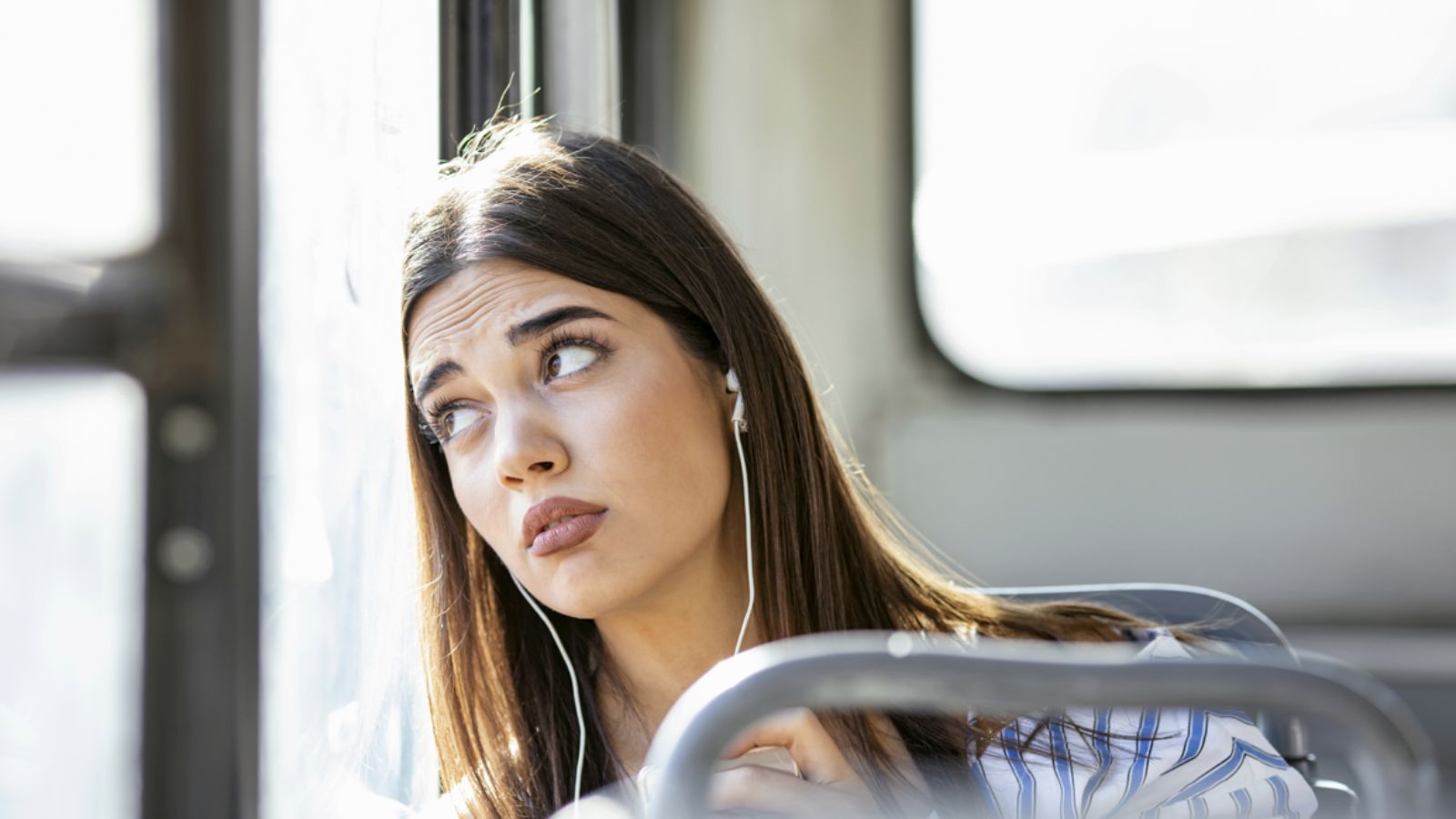
Often lacking is real-time information about service disruptions, delays, and alternative routes, meaning passengers are left in the dark, unable to make informed decisions about their travel plans. The absence of accurate, up-to-date information can lead to confusion regarding travel.
Uncomfortable Conditions
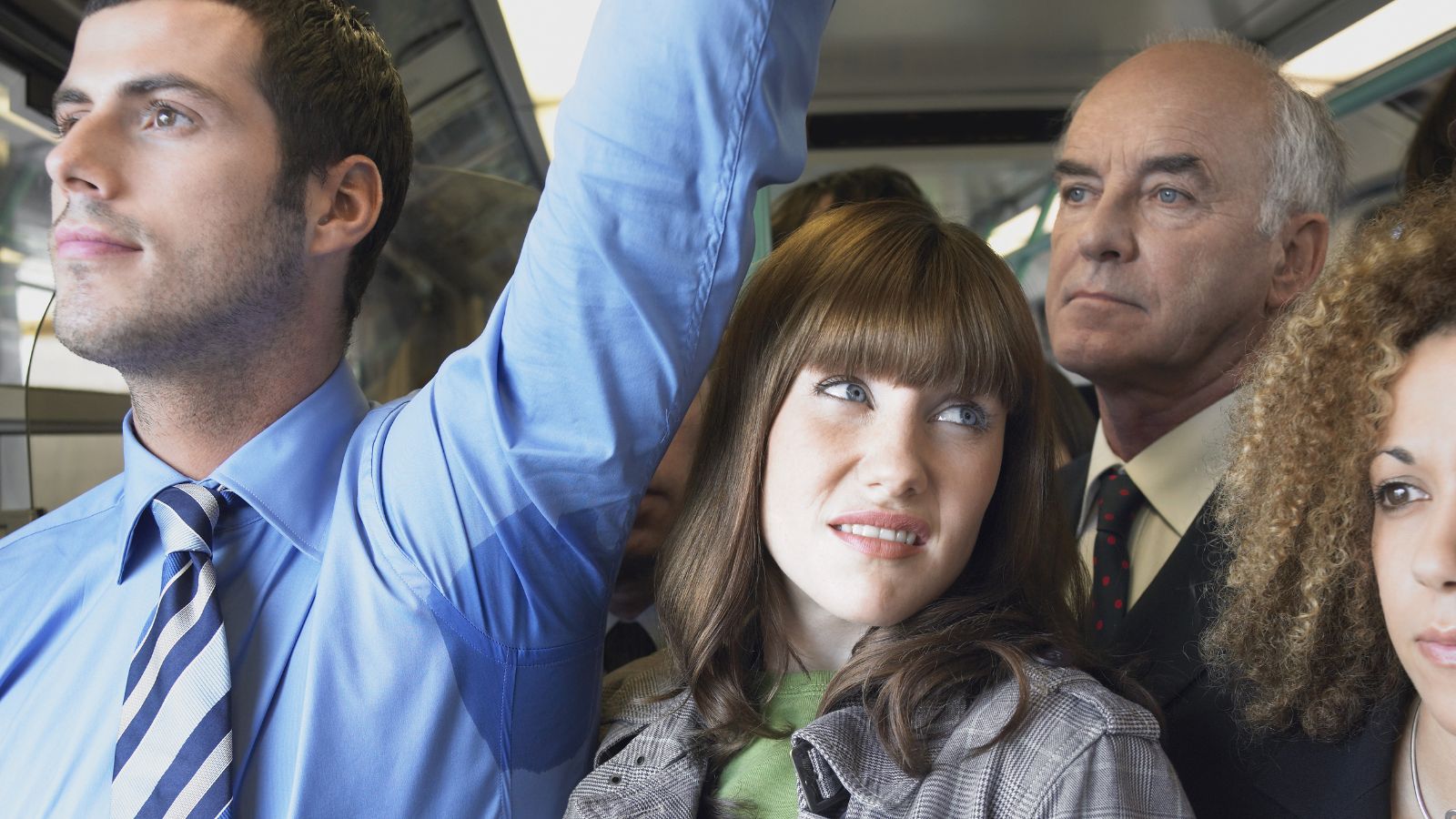
The comfort of public transport vehicles also varies widely. Some trains and buses are modern and well-maintained, while others are outdated and uncomfortable. Issues like poor ventilation, insufficient heating or cooling, and lack of cleanliness can make for an unpleasant travel experience.
Strike Actions

Strikes by public transport workers are a common occurrence and can lead to significant disruptions. While strikes are an important tool for workers to negotiate better conditions, they can leave passengers facing severe inconvenience and having to find alternative, often more expensive, ways to travel.
Technological Glitches
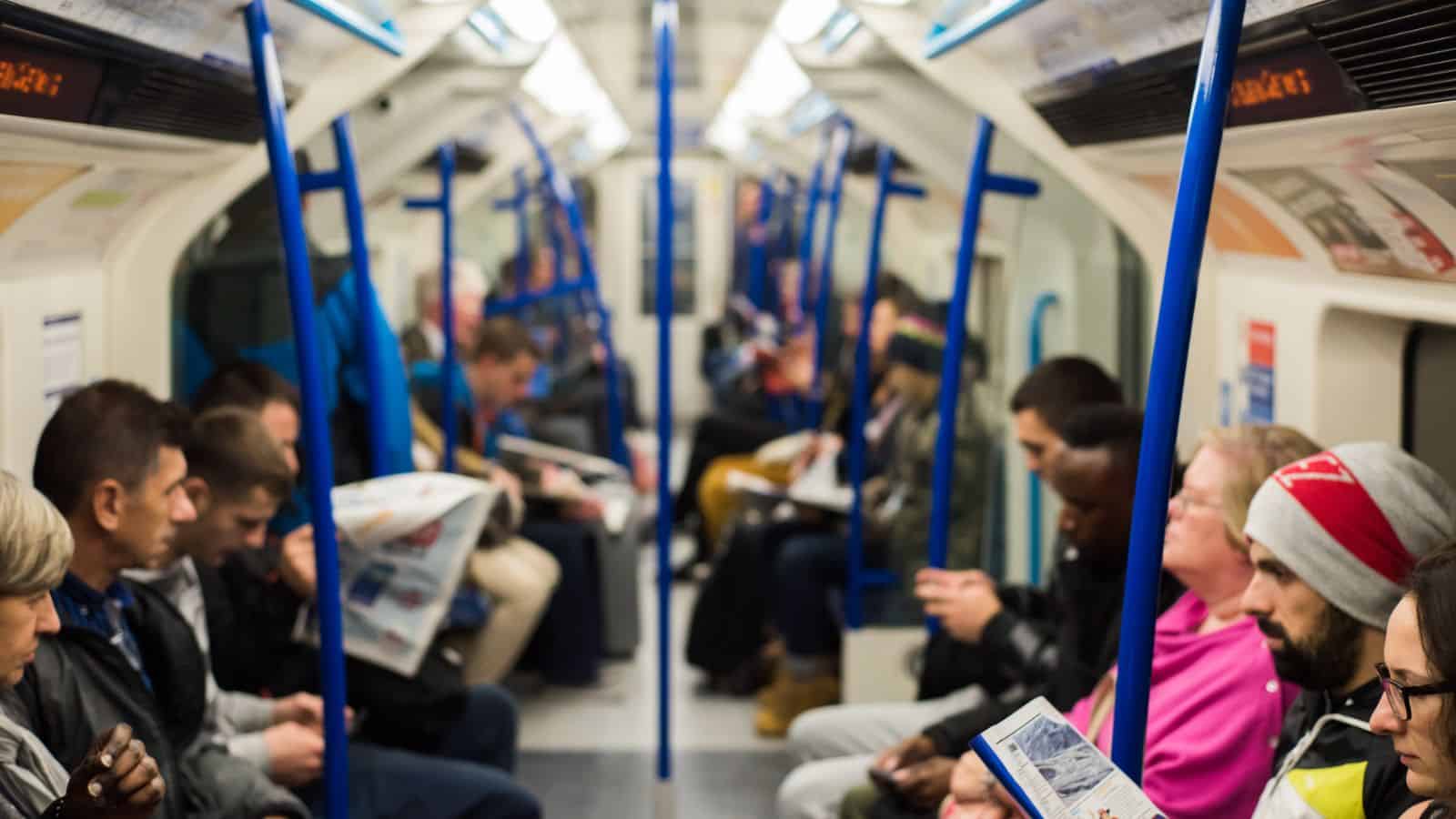
Technology is supposed to make our lives easier, but when it comes to public transportation, it can sometimes have the opposite effect. Ticket machines that don’t work, apps that crash, and electronic signs that display incorrect information can all add to the daily frustration of commuting.
Noise Pollution

Particularly in urban areas, public transport systems contribute to noise pollution, as the constant roar of buses, trains, and trams can be a significant disturbance—especially for those living near major routes. This noise can affect residents’ and passengers’ quality of life and mental health.
Limited Space for Luggage
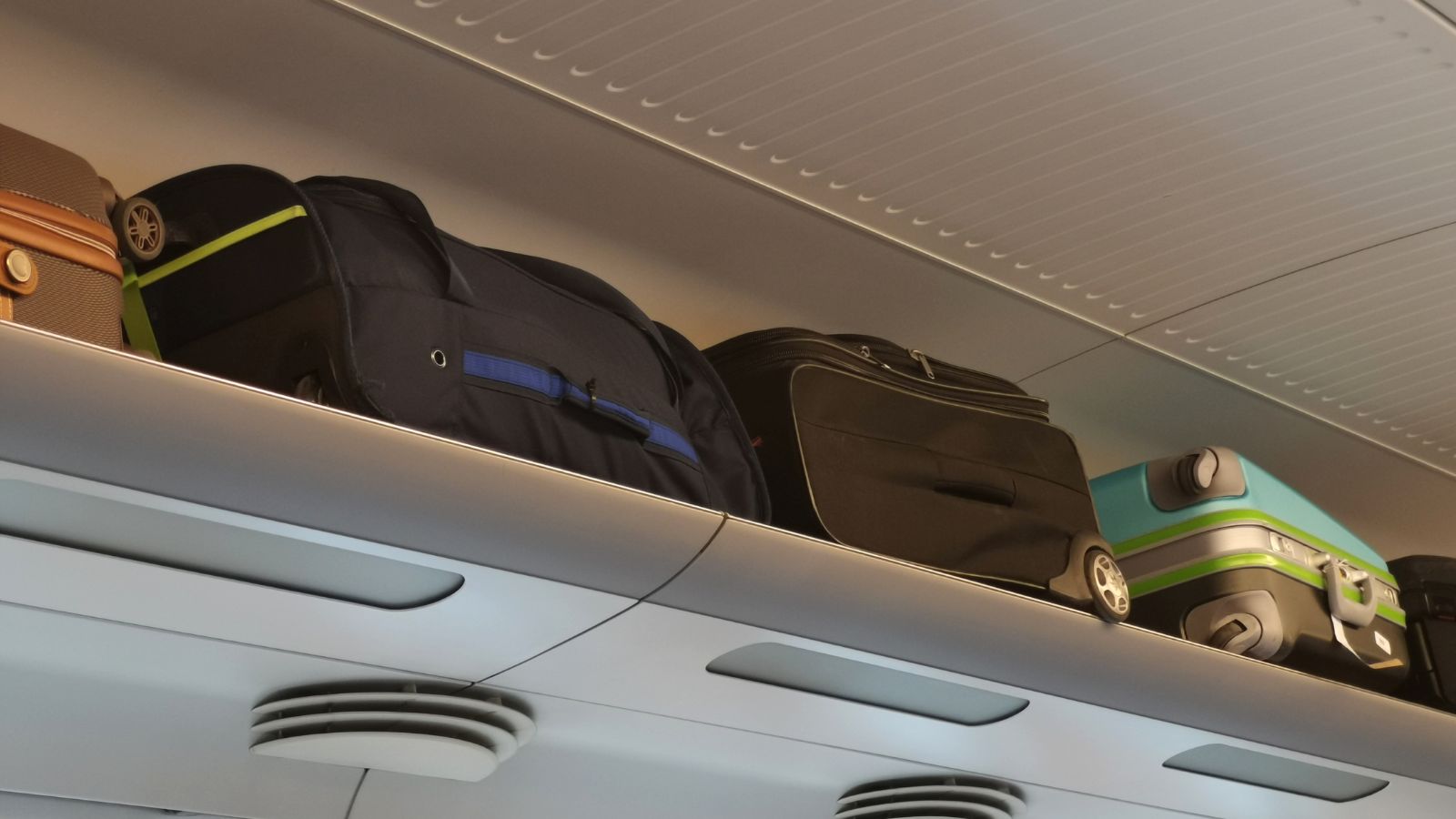
Finally, for those travelling with luggage, public transportation can be particularly challenging, as many buses and trains have limited space for bags, making it difficult to travel with more than a small suitcase. This lack of space can be frustrating for commuters and tourists, especially during busy periods.

